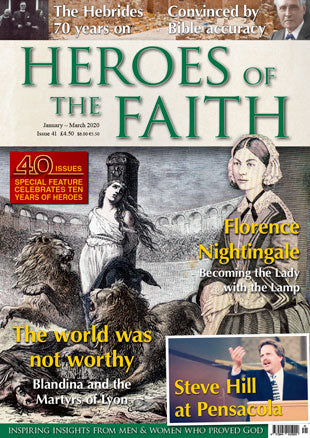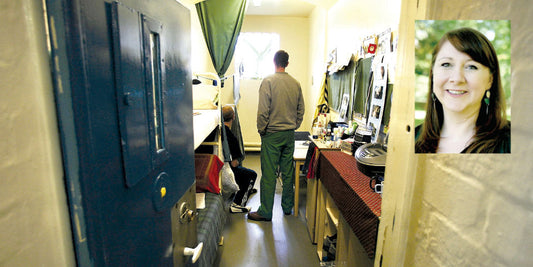
Archaeology Proves Bible Accuracy
A complete change of mind
Sir William Ramsay (1851-1939) was an archaeologist and initially a biblical sceptic. He taught at the University of Edinburgh and, taking his cue from the extreme liberal scholarship of the day, initially believed that Luke’s Gospel, “was written during the second half of the second century [between 160-180AD] by an author who wished to influence the minds of people in his own time by a highly wrought and imaginative description of the early Church.”
However, after investigating the journeys of Paul in the region of the world as described in the Book of Acts, Ramsay completely changed his mind. His research led him to discover that Luke used in his narrative specific and accurate terminology that reflected a careful chronicle of events.
Luke’s use of the term ‘politarch’ in the Book of Acts to describe officials in Thessalonica was widely considered to be a bogus term made up by a later writer – until Sir William Ramsay actually uncovered the term no less than five times in ancient carvings in the city – demonstrating beyond doubt the authenticity of Luke’s authorship. The inscription on this piece of marble from a Roman gateway at Thessalonica now held in the British Museum lists six politarchs (‘rulers of the citizens’), the tamias (treasurer) of the city, and the gymnasiarch (director of higher education).
... story continues








